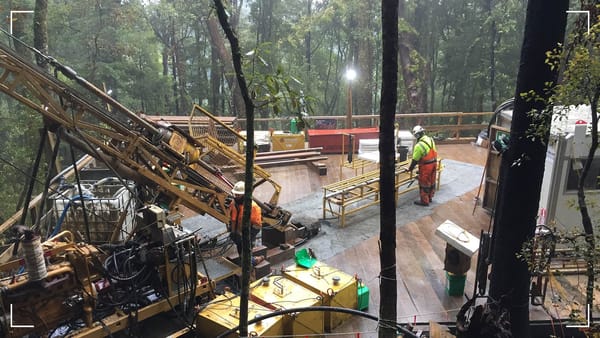Toyota's Ambitious Roadmap to Dominate EV Battery Technology

Toyota, a name synonymous with automotive excellence, has unveiled its strategic blueprint to lead the electric vehicle (EV) battery domain. As the world's premier automaker, Toyota's legacy of innovation is unparalleled. Yet, the transition to battery electric vehicles presented unforeseen challenges. This article delves deep into Toyota's comprehensive plan to not only catch up but to set new industry standards.
A Glimpse into Toyota's EV Journey
Toyota's prowess in lean manufacturing and its pioneering role in hybrid electric powertrains is well-documented. However, the rapid shift to battery electric vehicles posed unique challenges. While competitors were securing critical mineral contracts and forging alliances with battery manufacturers, Toyota seemed to lag. But with the unveiling of its new roadmap, Toyota aims to sell a staggering 3.5 million EVs by 2030.
The recent launch of the bZ4x, Toyota's modern BEV, marked a significant milestone. Despite initial hiccups, the vehicle surpassed industry expectations. Yet, the diverse battery packs for its single-motor and dual-motor versions, sourced from Panasonic and CATL respectively, highlighted the need for a more unified approach.
BEV Factory: Toyota's Answer to EV Challenges
The establishment of the BEV Factory under the leadership of Koji Sato, the former Lexus chief, signifies Toyota's renewed commitment to EVs. Takero Kato, the president of BEV Factory, emphasized the need for diverse battery options, akin to the variety in engines, to cater to diverse models and customer preferences.
Diverse Battery Solutions: The Four Pillars
Toyota's strategy revolves around four distinct battery solutions:
- Performance-focused Liquid Electrolyte Lithium-ion Battery (2026):
- Targeting a swift 20-minute fast-charging time.
- Aiming for a 20% cost reduction compared to the bZ4x cells.
- Envisioned for a BEV with an impressive range of nearly 500 miles (800 km) on a single charge.
- Lithium Iron Phosphate (LFP) Cells (2026-2027):
- Leveraging the bipolar battery structure, where active materials for the anode and cathode share a common electrode carrier.
- Targeting a 40% cost reduction and 20% more range compared to the bZ4x battery.
- Aiming for a 10–80% DC fast-charging time of 30 minutes.
- High-performance Lithium-ion Chemistry (2028):
- Combining the bipolar electrode structure with a high nickel percentage in the cathode.
- Targeting a range of up to 621 miles (1,000 km) and a 10% cost reduction.
- Solid State Battery (2027-2028):
- Both electrodes and electrolytes are solid, resulting in a more compact and lightweight battery.
- Overcoming the dendrite formation challenge, Toyota is gearing up for mass production.
- Initially planned for hybrids, Toyota now aims to incorporate them in BEVs, targeting a range of over 600 miles with a 10-minute fast-charging time.
The Pursuit of Flatter Batteries
In addition to these four solutions, Toyota is fervently working on reducing battery pack height. The goal is to trim it down from the current 5.9 inches (150 mm) to as low as 3.9 inches (100 mm). This initiative will not only enhance vehicle design flexibility but also reduce drag, optimizing performance.
Conclusion
Toyota's strategic roadmap for EV battery technology is a testament to its commitment to innovation and excellence. With a clear vision and a robust plan in place, Toyota is poised to redefine the EV battery landscape, setting new benchmarks for the automotive industry.




